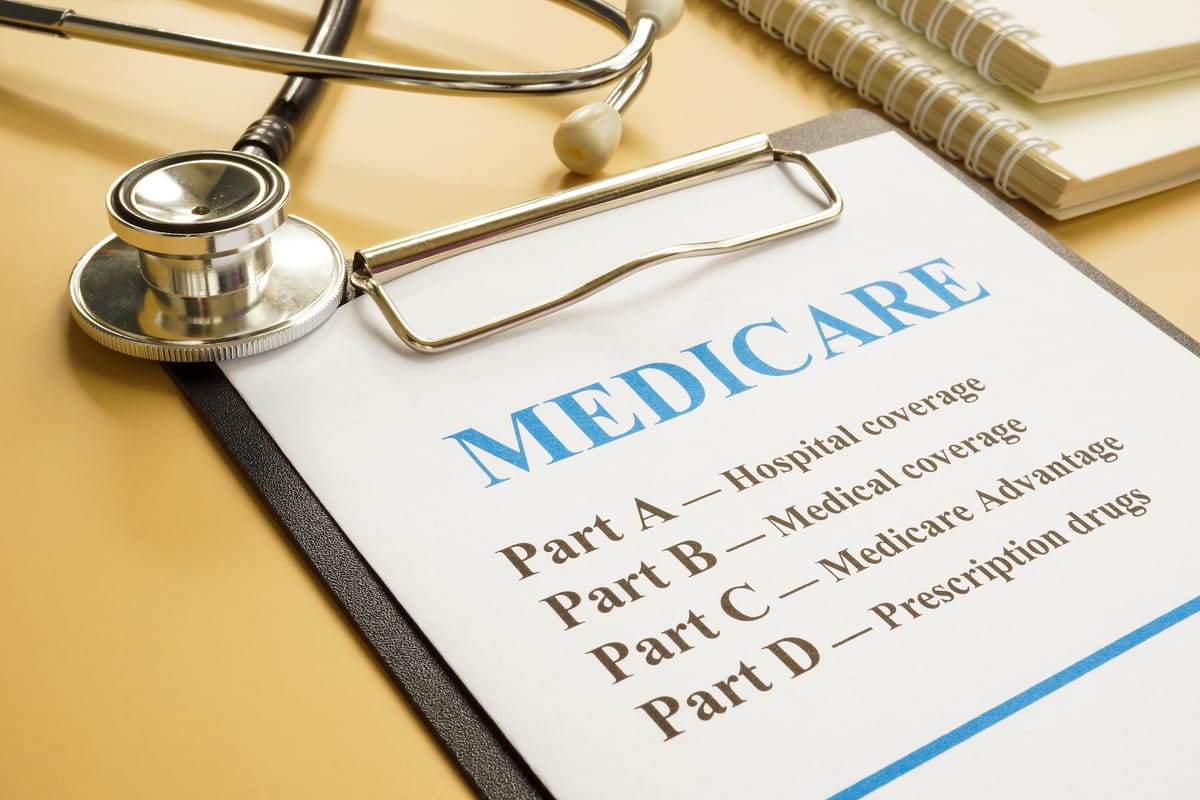

What is Medicare Part D?
Medicare Part D is a component of the Medicare program designed to help beneficiaries cover the costs of prescription drugs. It is available to anyone enrolled in Medicare, whether they are in Original Medicare (Part A and Part B) or a Medicare Advantage plan. Private insurance companies offer these plans, and beneficiaries pay a monthly premium, along with potential out-of-pocket costs such as co-pays and deductibles, depending on the plan chosen and the drugs needed.
How to Enroll in Medicare Part D
Enrollment in Medicare Part D can occur during several specific periods. The Initial Enrollment Period (IEP) is a seven-month window that includes the three months before, the month of, and the three months after a beneficiary turns 65. During this time, beneficiaries can apply for Part D coverage along with Medicare Part A and Part B. If a beneficiary misses this window, they can also enroll during the Annual Enrollment Period, which runs from October 15 to December 7 each year, with coverage starting on January 1 of the following year. Additionally, Special Enrollment Periods (SEPs) are available for qualifying life events such as moving out of the plan’s service area or losing other creditable prescription drug coverage.
Types of Medicare Part D Plans
Beneficiaries can obtain Medicare Part D coverage through two main types of plans. Stand-alone Part D plans are available for those enrolled in Original Medicare (Part A and Part B). These plans are sold by private insurance companies and can be added, changed, or dropped in the future. Alternatively, Medicare Advantage plans, which include Part A, Part B, and often additional benefits like vision, hearing, and dental care, typically include Part D coverage as well.
Part D Coverage and Formulary
Each Part D plan has a formulary, which is a list of covered drugs. If a drug is not on the formulary, beneficiaries may need to request an exception, pay out of pocket, or file an appeal. Part D plans must cover at least two drugs from most categories and must include all drugs available in certain categories such as HIV/AIDS treatments, antidepressants, antipsychotic medications, anticonvulsive treatments, immunosuppressant drugs, and anticancer drugs (unless covered by Part B). Additionally, most vaccines are covered, except for those covered by Part B.
Out-of-Pocket Costs and Penalties
Beneficiaries enrolled in Medicare Part D may face various out-of-pocket costs, including monthly premiums, annual deductibles, and co-pays. If a beneficiary delays enrollment in Part D and does not have creditable prescription drug coverage from another source, they may be subject to late enrollment penalties, which are added to their plan’s monthly premium. These penalties can last as long as the beneficiary has Medicare drug coverage.
Future Changes to Medicare Part D
Medicare Part D is set to undergo significant changes in 2025. One of the key changes includes a new payment plan option and the implementation of a $2,000 out-of-pocket maximum cap. These changes aim to make prescription drug coverage more affordable and manageable for beneficiaries.
Choosing the Right Part D Plan
Choosing the right Medicare Part D plan is crucial for managing prescription drug costs effectively. Beneficiaries should compare different plans using Medicare’s online plan finder tool to find a plan that fits their health needs and budget. Factors to consider include the plan’s formulary, out-of-pocket costs, and any additional benefits offered. It is also important to review and adjust the plan annually during the Annual Enrollment Period to ensure it remains the best option.
Dues are $12 per year. Member benefits:
✅ Ad-Free Website Viewing
✅ Advocacy for Republican Seniors
✅ 120+ Senior Discounts
✅ Member Only Newsletters